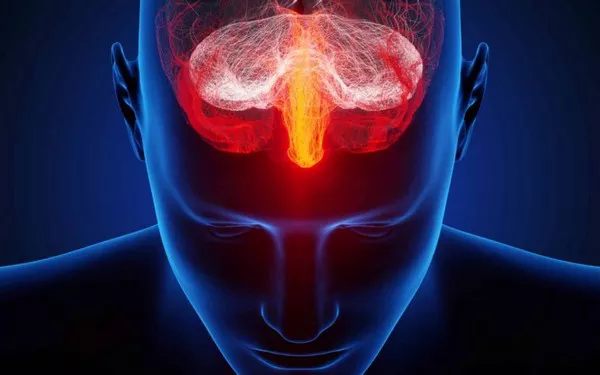Mental health concerns among young people have garnered increasing attention in recent years as societal pressures, academic demands, and the digital age’s impact contribute to the complex landscape of adolescent well-being. This article explores and sheds light on the most prevalent mental health issues affecting youngsters today, delving into their causes, symptoms, and the importance of early intervention.
Modern Mental Health Landscape
Youngsters today face a myriad of challenges that can impact their mental well-being. Academic stress, social pressures, and the pervasive influence of social media contribute to an environment that can strain mental health. In navigating these challenges, it becomes crucial to identify and address the most prevalent mental health issues affecting the younger generation.
3 Most Common Mental Illness Among Today’s Youth
1. Anxiety Disorders:
Among the multitude of mental health concerns, anxiety disorders emerge as one of the most prevalent issues affecting youngsters today. The National Institute of Mental Health (NIMH) reports that approximately 32% of adolescents between the ages of 13 and 18 experience an anxiety disorder at some point.
Causes and Contributing Factors
Anxiety disorders in young people can stem from various factors, including genetic predisposition, environmental stressors, and imbalances in brain chemistry. Academic pressures, social expectations, and the uncertainty of the future often exacerbate these underlying factors.
Recognizing Symptoms
Identifying anxiety disorders in youngsters involves recognizing a range of symptoms, which may manifest physically, emotionally, or behaviorally. Physical symptoms can include headaches, stomachaches, and fatigue. Emotional indicators may include excessive worry, fear, or irritability, while behavioral signs can manifest as avoidance of certain situations or withdrawal from social activities.
2. Depression:
Depression stands as another prevalent mental health concern among today’s youth. The World Health Organization (WHO) estimates that over 10% of adolescents worldwide experience a mental health disorder, with depression being a leading cause.
Root Causes
Depression in young people often arises from a combination of genetic, environmental, and psychological factors. Academic stress, family issues, and the challenges of adolescence can contribute to the development of depressive disorders.
Identifying the Signs
Recognizing depression in youngsters requires awareness of symptoms such as persistent feelings of sadness or hopelessness, changes in appetite and sleep patterns, and a loss of interest in activities they once enjoyed. Social withdrawal and declining academic performance may also serve as indicators.
3. Addressing Attention-Deficit/Hyperactivity Disorder (ADHD)
Attention-Deficit/Hyperactivity Disorder (ADHD) remains a prevalent mental health concern among youngsters, affecting their ability to focus, control impulses, and regulate hyperactivity.
Contributing Factors
Genetic factors, neurological imbalances, and environmental influences contribute to the development of ADHD in young individuals. Challenges in academic settings and interpersonal relationships often accompany this disorder.
Recognizing Symptoms
Symptoms of ADHD may include difficulty sustaining attention, impulsive behavior, and hyperactivity. Academic struggles, forgetfulness, and challenges in following instructions can further indicate the presence of ADHD.
The Role of Early Intervention
Understanding the most common mental health issues among youngsters underscores the importance of early intervention. Early detection and proactive strategies can significantly improve outcomes for young individuals grappling with mental health challenges.
The Importance of Support Systems
Building robust support systems within families, schools, and communities is paramount. Open communication, destigmatizing mental health discussions, and fostering an environment that encourages seeking help are crucial components of effective support systems.
Access to Mental Health Resources
Ensuring access to mental health resources is fundamental in addressing the prevalent issues youngsters face. Schools, healthcare systems, and communities must collaborate to provide counseling services, mental health education, and resources for both prevention and intervention.
Conclusion
In navigating the intricate landscape of mental health among today’s youth, acknowledging and understanding the most common mental illnesses is a crucial step. Anxiety disorders, depression, and ADHD are prevalent challenges that demand our attention and proactive efforts.
Empowering youngsters with the tools to cope with stress, fostering open conversations about mental health, and establishing comprehensive support systems are integral to creating an environment where mental well-being is prioritized. By recognizing the signs, addressing contributing factors, and advocating for early intervention, we can collectively work towards a future where the mental health of our youth is safeguarded, and they are equipped with the resilience to face life’s challenges.

